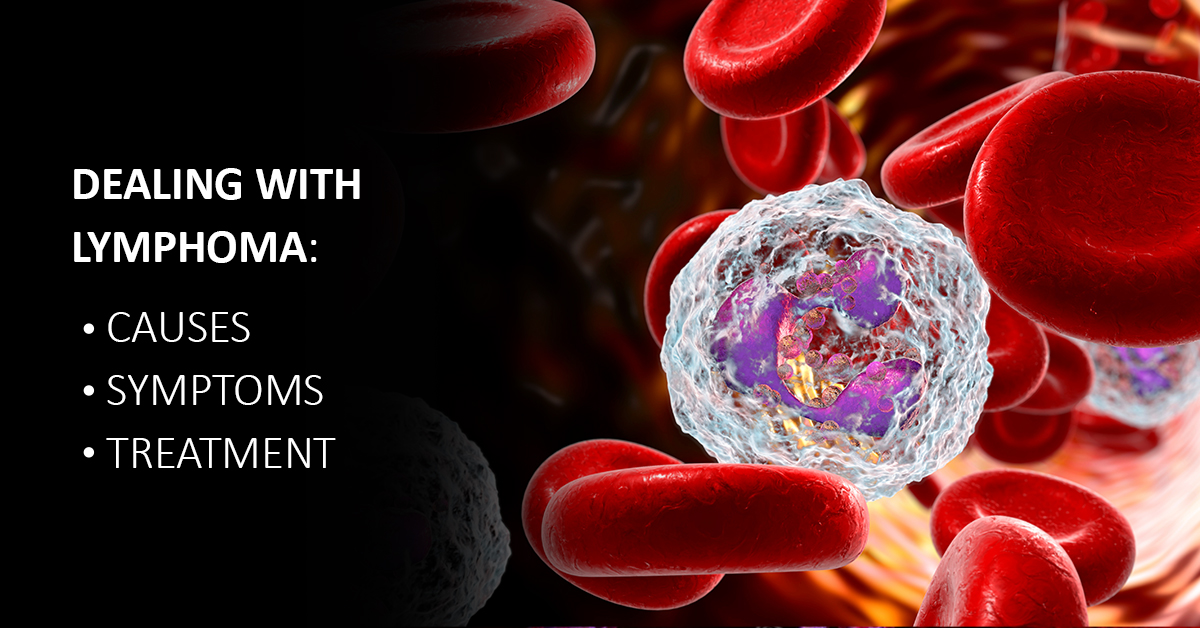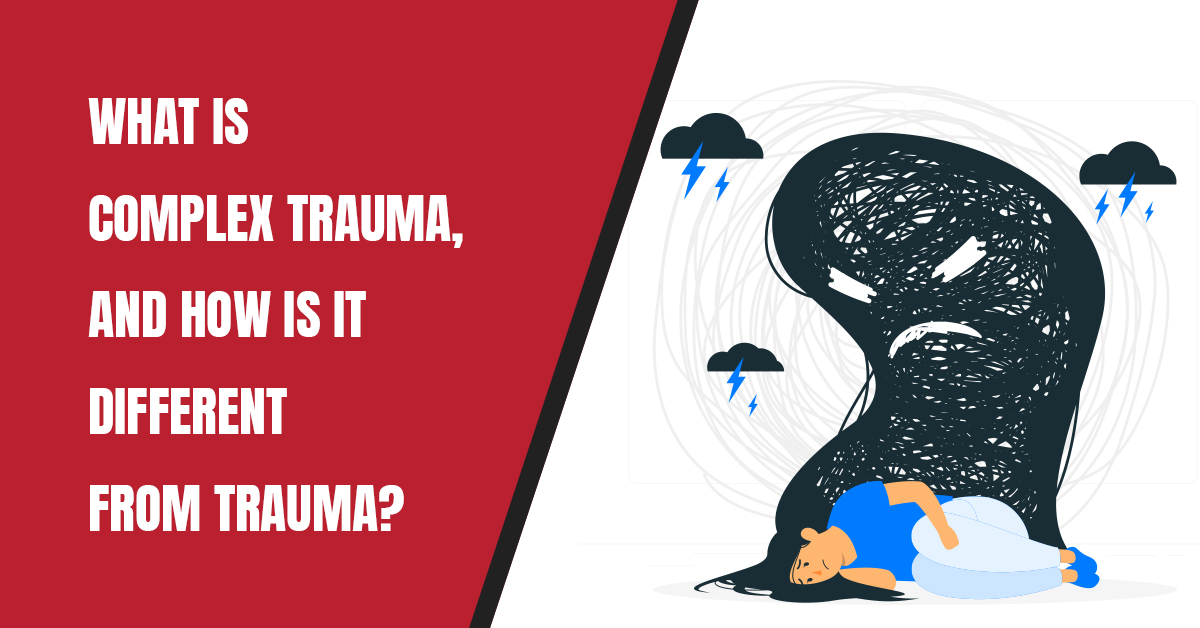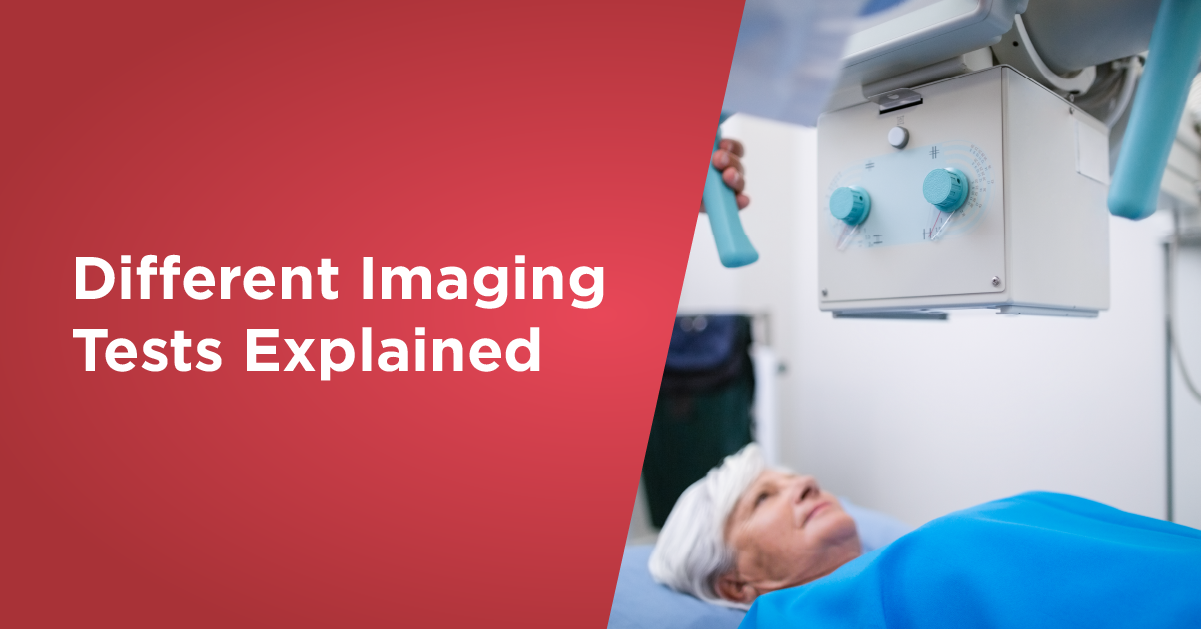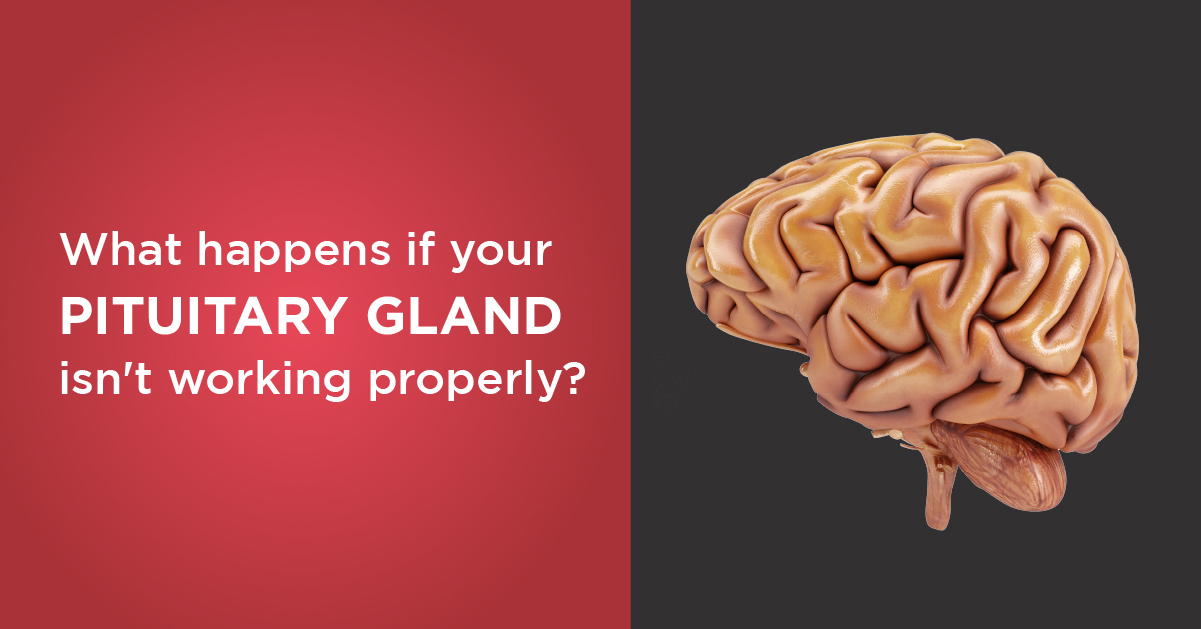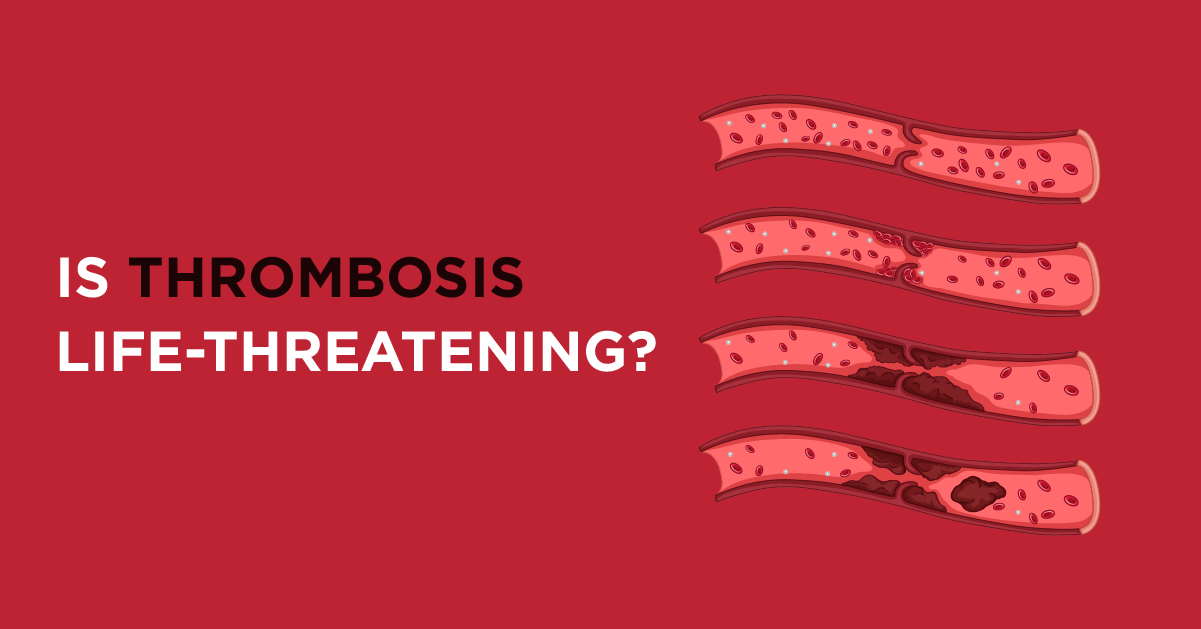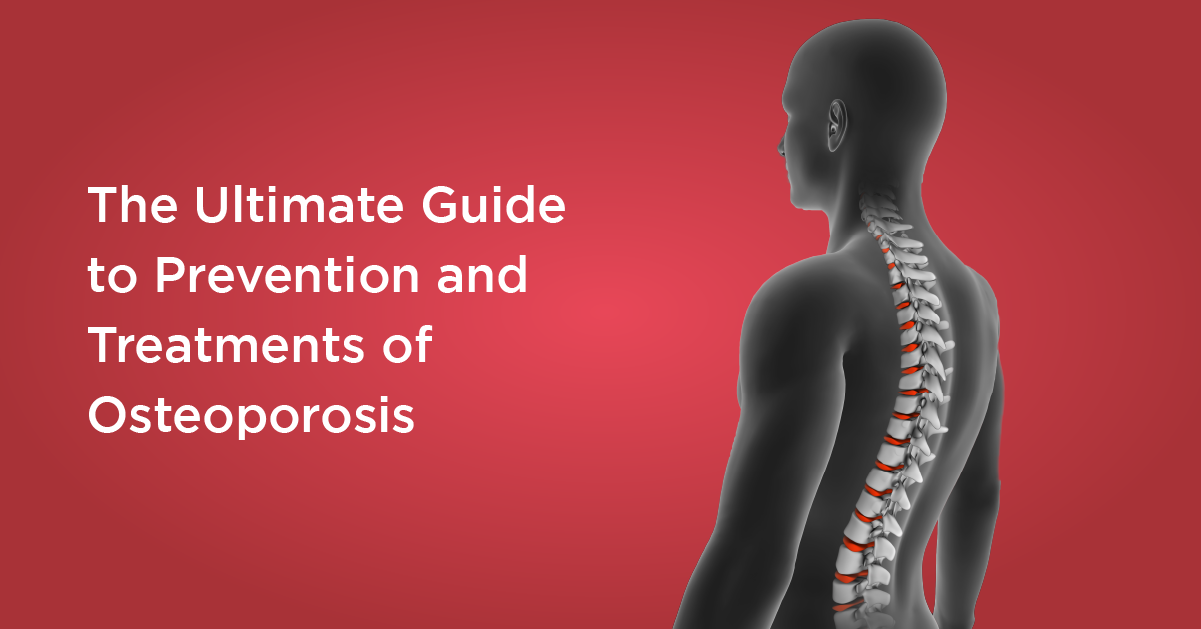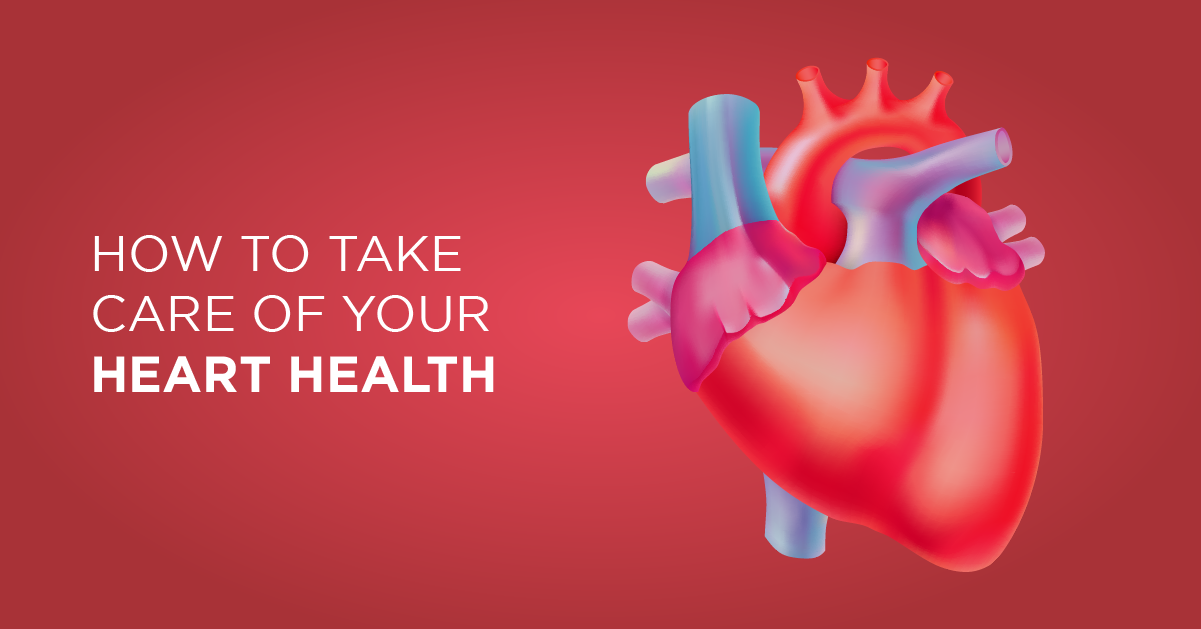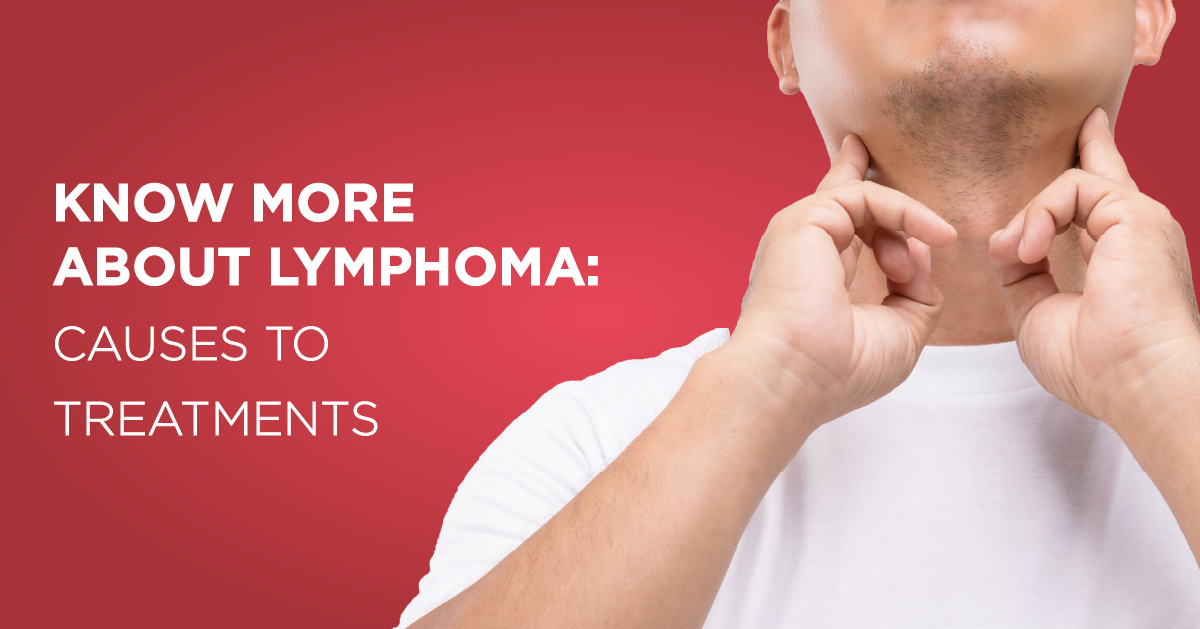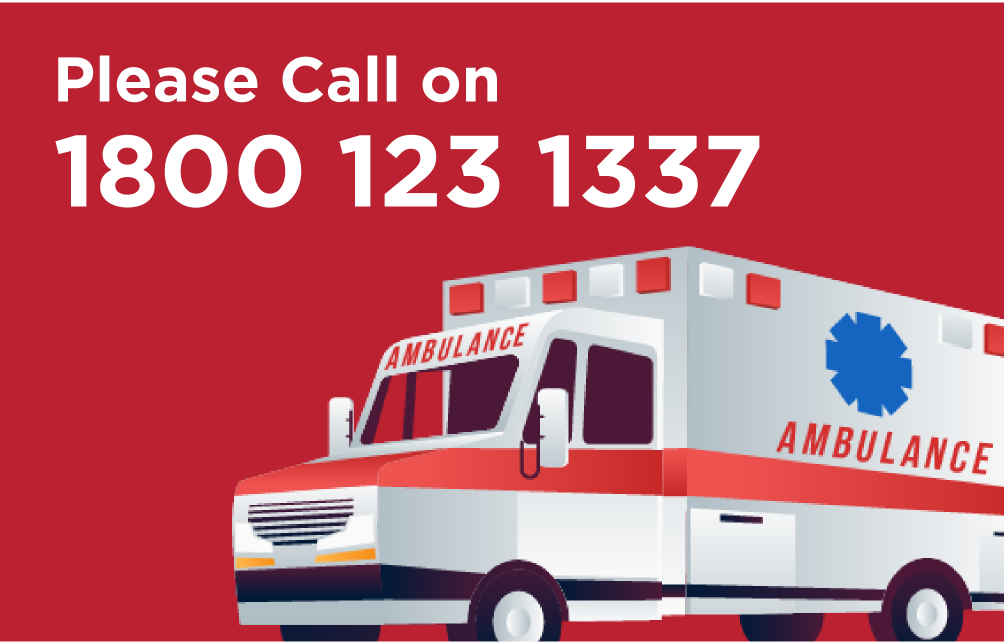Lymphoma is a type of blood cancer that develops from the lymphocytes, whereas a lymphocyte is a type of White Blood Cell (WBC). The growth of tumors in the lymphocytes causes lymphoma. The tumors affect the blood, lymph nodes, thymus, bone marrow, and lymphatic system. There are many subtypes of lymphoma, but lymphoma is the most commonly divided into two types, Non-Hodgkin's lymphoma (majority of cases) and Hodgkin’s lymphoma. The two types are mainly divided based on how they develop, spread, and are treated.
Blogs
When we talk about mental health, it's necessary to understand everything in detail, including the differences. With that said, we will begin with the differences between trauma and complex trauma.
Men often take their health for granted. Medical professionals can treat and cure preventable health problems most of the time if it is detected early. Men of all ages (including boys and youths) need to go for regular check-ups. Men who are over 40 are advised to go at least once a year.
Imaging test is a process that provides comprehensive images of body parts on a macroscopic level. Imaging tests employ a variety of energy sources like radio waves, radioactive substances, ultrasound, and X-rays. Image processing is used to understand the detailed condition of an ailment, treatment planning, or monitor the efficacy of treatment. Computed tomography (CT), mammography, ultrasonography, magnetic resonance imaging (MRI), and nuclear medicine exams are some popular types of imaging tests.
Your pituitary gland is an important pea-sized organ. It is often referred to as the “master gland” because it not only secretes its own hormones, it tells other glands to produce hormones. This master gland controls the thyroid gland, adrenal gland, ovaries, and testicles.
Deep vein thrombosis (DVT) occurs when a blood clot develops in a vein deep in the body. Blood returns to the heart through veins. When the blood clumps together and turn into solid material, it is called a blood clot. When the clot is in the deep vein it is called Deep Vein Thrombosis (DVT).
Osteoporosis is a disease that weakens bones, and if you have it, you are at a greater risk for sudden and unexpected bone fractures. It also increases the risk of fractures in the spine, wrists, and hips. Osteoporosis means that you have less bone mass and strength. This happens when the bone density becomes so low that it causes damage to surrounding tissues including organs which can result in pain, deformities, loss of independence, increased risk for falls, and bone fractures.
Heart disease is by far the leading cause of death. Heart problems like high blood pressure can lead to premature heart failure, heart attacks, strokes, and other life-threatening conditions. The good news is about 80 per cent of all cases of cardiovascular disease are preventable. You can lower your risk markedly by making some changes to your lifestyle including doing some things that are easy, simple, and even enjoyable. Here are some ways to keep your heart healthy
Bulimia nervosa (commonly known as bulimia) is an eating disorder and serious mental health problem. It is characterized by episodes of eating a large amount of food in very short periods of time, with a feeling that there is no control of this behavior. It is an irresistible compulsion. Following binges, there is the impulse to compensate for the behavior by purging – and this might include vomiting, induced by one’s finger or taking some medication, or going on a long run.
Lymphoma refers to a family of cancers in the lymphatic system. It accounts for about 3% of cancers. The lymphatic system includes the organs, tissues, and vessels in the immune system responsible for fighting disease and infection throughout the body. Lymphoma affects the blood and the lymphatic system - that includes lymph nodes (like the ones in your neck that get swollen when you have a bad cold), the spleen, bone marrow, and an immune gland in the chest called the thymus.

 Call-an-Ambulance
Call-an-Ambulance
